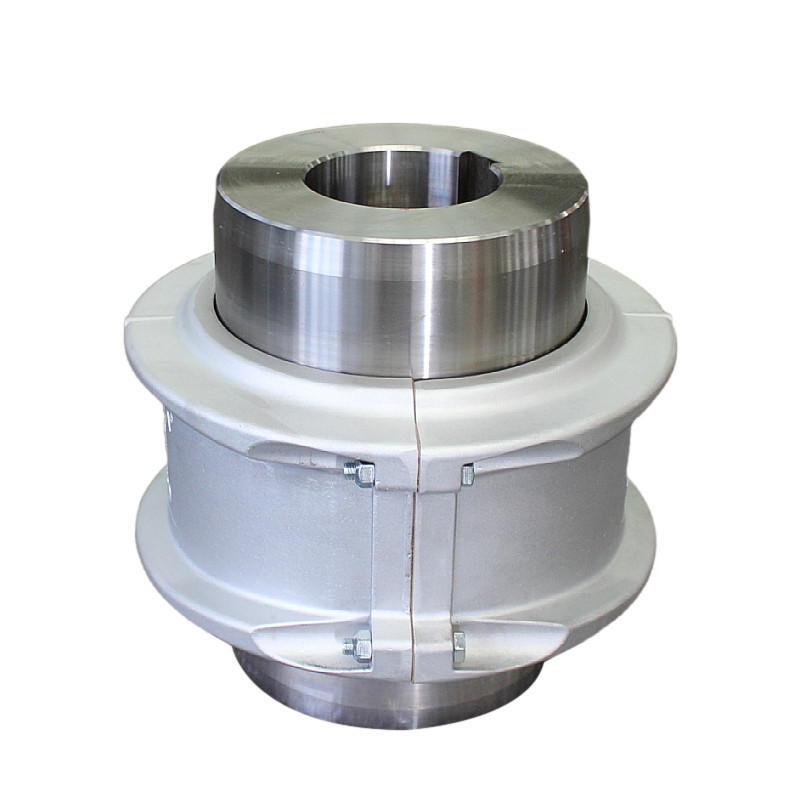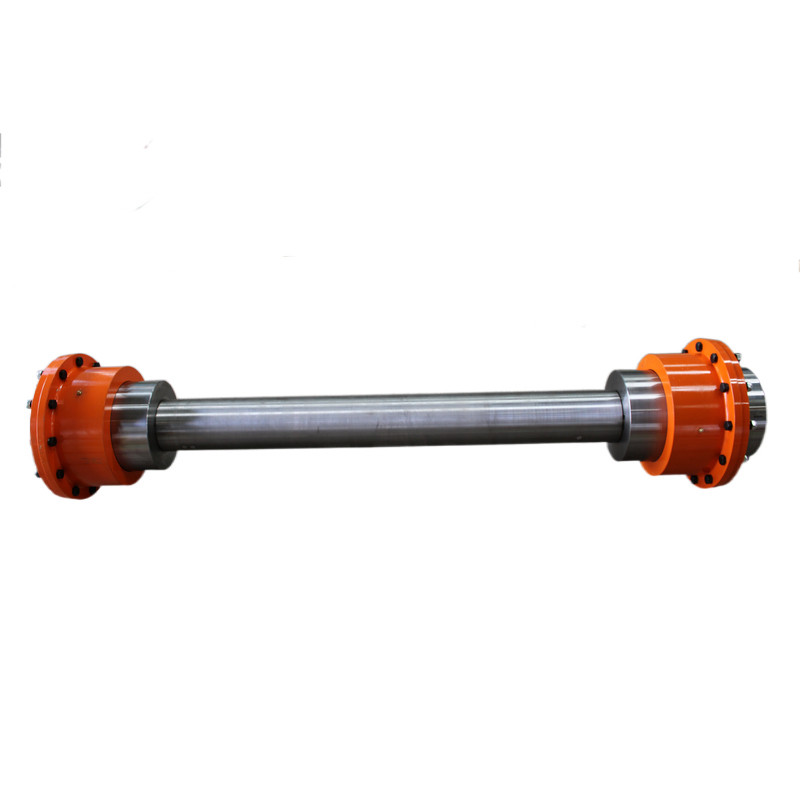NEWS
In the process of making the snake spring coupling, the mechanical manufacturers usually make the curved tooth surface on the snake spring and the outer tooth shaft sleeve. Because the shape of the coupling transmission parts is complex, it is difficult to manufacture. In the process of making snake reed, not only need more forming dies, but also difficult to meet the design requirements in dimension accuracy. The forming of the snake spring is achieved by using the mold in the state of heating, and then the heat treatment. In the heat treatment, the circular arc of the spring is prone to micro-cracks and other problems.

In order to reduce the fracture of the snake reed in the snake spring coupling, the following points should be achieved:
(1) Pay attention to the adjustment of concentricity error and Angle error between the two connecting axes, and try to be smaller than the design requirements.
(2) Improve the quality of the spring sheet. Special attention should be paid to material, hardness, heat treatment quality, etc., after heat treatment, there should be no cracks and other defects, pay attention to cleaning the sharp corners and sharp edges of the reed and tooth corners); Improve the machining quality of curved tooth surface.
(3) Reasonable selection of grease, not dilute lubricating oil, and the application of larger viscosity aluminum disulfide grease.
(4) to control the load, not overload use; Reduce the frequency of brake smell, especially emergency braking.
(5) When updating, new elastic rod pin type coupling should be used.

The serpentine spring coupling needs to be in a state of high temperature and tension in the process of hot loading, so we should have a full estimate of the problems that may occur, and try to avoid them in advance. If they happen, they will not panic on the spot and take timely measures to deal with them. First of all, it is necessary to make each operator understand the operation steps, to achieve a clear division of labor, in the event of an accident to stick to the post. Secondly, it is required to calibrate the axis of the coupling horizontally or vertically, and align the coupling hole with the position of the shaft end. The position of the collision block should be adjusted carefully and carefully, and it should be correct.
Awesome! Share to:

Address
